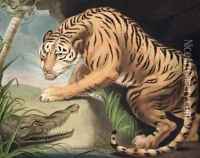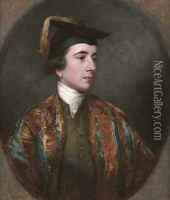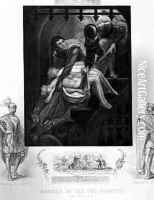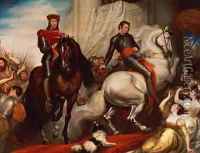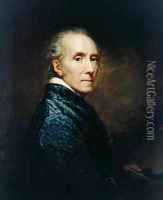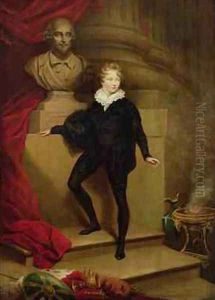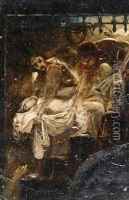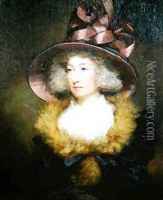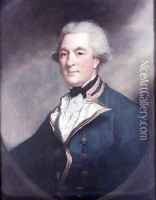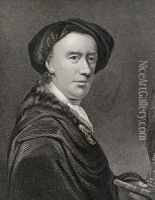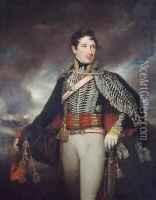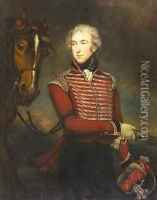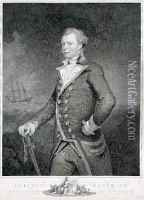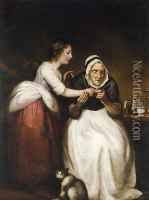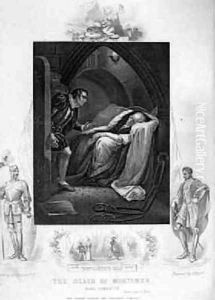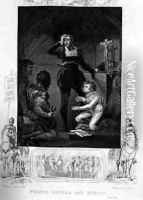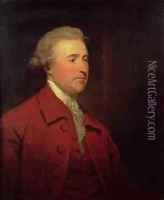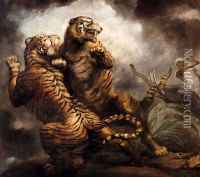James Northcote Paintings
James Northcote was an English painter and writer who played a significant role in the art scene of the 18th and early 19th centuries. Born on October 22, 1746, in Plymouth, Devon, Northcote was the son of a watchmaker. He showed an early interest in art and was apprenticed to his father's trade, but his passion for painting soon became evident.
In 1771, Northcote left Plymouth for London, where he joined the studio of Sir Joshua Reynolds, one of the leading English portrait painters of the day and the first president of the Royal Academy. Under Reynolds' guidance, Northcote developed his skills as a portraitist and historical painter. He spent five years with Reynolds before traveling to Italy in 1777 to further his studies. There, he immersed himself in the works of the great Italian masters, which had a lasting influence on his style and technique.
After returning to England in 1780, Northcote began to establish himself as a successful portrait painter. He was elected as an Associate of the Royal Academy in 1786 and became a full Academician in 1787. Throughout his career, Northcote produced a wide range of works, including historical and mythological scenes, as well as animal studies. He was known for his keen observation and ability to capture the character of his subjects.
In addition to his painting career, Northcote was also a writer. He published several books, including 'Fables' in 1828, which contained 280 fables with moral lessons, illustrated by his own engravings. His other literary works include 'The Life of Sir Joshua Reynolds' and his autobiographical 'Memoirs of Sir Joshua Reynolds' which provided an intimate look at his mentor and the art community of the time.
James Northcote's contributions to the arts were recognized during his lifetime, but his reputation has been somewhat overshadowed by his contemporaries. Nevertheless, his works are held in many prestigious collections and continue to be studied for their representation of the period's social and cultural landscape. He died on July 13, 1831, in London, leaving behind a vast body of work that reflects the transition from the grandeur of the Georgian period to the more introspective Regency era.
